Table of Contents[Hide][Show]
Silicon in skin care products is bad for you, right?
Or was that silicone?
Is there a difference?
The issue can be confusing, so we decided to shed some light on the matter. Silicon vs. silicone—should either one be on the ingredient list of your personal care product?
What Is Silicone?
You may have first heard about silicone when breast implants became popular (as far back as the 1970s!). Maybe you remember the scuttlebutt that occurred in the 1980s when scientists warned that silicone breast implants could cause cancer.
It was then that the FDA classified the implants as “Class III” products—the most restrictive class where approvals are concerned—requiring scientific data to prove they were safe and effective. In the early 1990s, because of the concerns, the FDA recommended that further use of silicone implants be limited for breast reconstruction only.
Studies in the 1990s, however, failed to find any connection between silicone implants and cancer or other diseases. Today, newer silicone gel-filled breast implants are marketed as safe, though the FDA lists a number of problems they can cause, including breast pain, rupture of the implant, scar tissue, and additional surgery.
Meanwhile, manufacturers have found other uses for silicone—including a new explosion in personal care products.
Silicones are man-made chemicals created in the scientific laboratory, and usually consist of silicon (more on that below) mixed with other elements like carbon, hydrogen, and oxygen. The resulting compounds have been extensively processed—and are much different from the original ingredient silicon.
As either a liquid or a flexible, rubberlike plastic, they are used in adhesives, sealants, lubricants, cooking utensils, insulation, and in medical applications.
Silicones are also prevalent in a lot of personal care products. They help make hair feel smooth and look shiny. skin care products feel silky, color pigments adhere to skin, deodorants feel velvety, and sunscreens resist water and sweat. Look at ingredient lists and you’ll likely to find some sort of silicone (with “cone” in the end of the name) in the following:
- Shampoos and conditioners
- Foundations and primers
- Tinted moisturizers
- Sunscreens
- Eyeshadows, blushes, bronzers
- Creams and lotions, including eye creams and hand and body lotions
- Anti-aging products
- Shower gels
- Antiperspirants and deodorants
- Hair color and dyes
- Hair styling products
- Shaving lotions and gels
Manufacturers like silicones because they make everything go on easier—products glide onto the skin without pulling or tugging. Silicones also rest on the surface of the skin, creating a smoother look. Conditioners smooth hair strands and impart an artificial softness. Products feel smoother, non-greasy and non-tacky, and yet resist fading and spreading because they are less likely to wash off.
Despite all these benefits, we’d suggest you avoid silicones in your personal care products. More on that below!
Silicon vs. Silicone
Silicon is a natural trace mineral and the second most abundant element in the earth’s crust. It’s used to make computer chips (“Silicon Valley”), circuits, glass, and metal alloys.
When combined with oxygen, silicon forms “silica” (or silicon dioxide), which is essential in our bodies for flexible joints, glowing skin, and stronger nails, teeth, and bones. In fact, people who have a silica deficiency are at risk for poorly formed joints; skull deformities; and weakened cartilage, collagen, and elastin (which provides skin firmness).
We talked about silicon (and silica) in our article about horsetail. Horsetail is a natural source of water-soluble silicon, which the body can absorb and use for its benefit. Siliceous earth, which we have in our Dead Sea Facial Scrub, is an even better source of silica, as it’s actually a purified form of the mineral.
As you have probably already figured out, silica has a number of benefits in skin care, including:
- Helps strengthen and tighten: Since we need silica to perform optimally, products with silica can help to tone and tighten skin, reducing the appearance of sagging and bagging.
- Absorbent: Silica naturally absorbs debris and bacteria, helping to cleanse the skin and reduce the occurrence of clogged pores.
- Exfoliant: In its natural form, silica is a gentle abrasive, helping to exfoliate the top layers of skin, encouraging radiant, younger-looking skin.
- Moisture-retaining: Silica naturally helps the skin retain moisture, keeping it looking supple and youthful.
The Problem with Silicones
As you look at these two ingredients, you can figure out pretty quickly that while silicon (or silica) is a natural ingredient that can nourish and care for skin, silicone is a synthetic ingredient that, while it may provide some short-term benefits, will do nothing to give you better skin in the long run, and may actually accelerate the look of aging.
We talked about the most popular silicone in skin care right now—dimethicone—in a previous post. Though this ingredient is unlikely to harm your skin in the short term, because of how it covers the skin, it can cause problems in the long run.
Essentially, dimethicone forms a slick film over your skin. If it’s in your moisturizers and creams, you may be wearing it all day and all night. This can interfere with the skin’s natural processes like sweating and sloughing off old dead skin cells. The more you use it, the more it may make fine lines and wrinkles more noticeable.
That film also causes a lot of people with sensitive skin to suffer from increased breakouts. If you’re trapping moisture, you’re also trapping bacteria, sebum, and other impurities, making an acne problem worse.
Finally, we know that you, like us, care about the environment, and silicones like dimethicone are not good for our Earth. They are non-biodegradable, so they have to be specially disposed of.
According to one study, “The overwhelming majority of synthetic polymers [like silicones] are characteristic of strong resistance action to biological factors, and upon their application in practice, they become an extremely inconvenient burden to the environment.”
Bottom Line
Silicones as a whole aren’t “bad.” They are used in prosthetics and other medical devices that help people every day. But in skin care? Do you really need a chemical in your products to make it “seem” like your skin is silky and your hair soft and shiny?
We recommend that if you want clear, radiant skin, you avoid silicones and use natural ingredients instead (like silica) to truly nourish, tighten, and soften. There’s nothing smoother, silkier, and shinier than naturally healthy skin and hair, and that doesn’t come from chemicals.
What do you think of silicones? Have you avoided them in skin care products?
* * *
Sources
Martin KR, “The chemistry of silica and its potential health benefits,” J Nutr Health Aging, March-April 2007; 11(2):94-7, http://www.ncbi.nlm.nih.gov/pubmed/17435951.
Prof. Dr. Habil. Jerzy Lukasiak, et al., “Biodegration of Silicones (Organiosiloxanes),” http://www.wiley-vch.de/books/biopoly/pdf_v09/vol09_15.pdf.
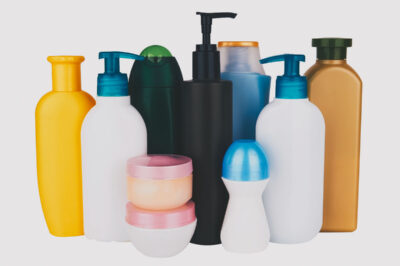

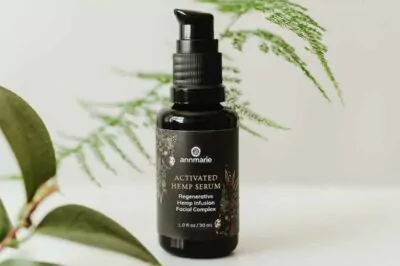
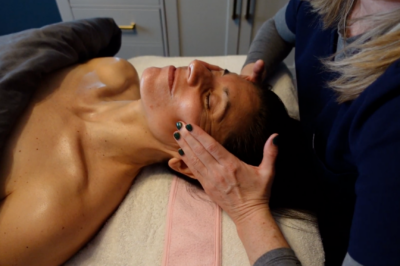
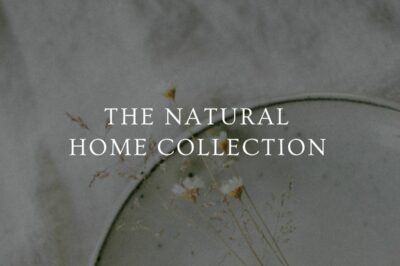
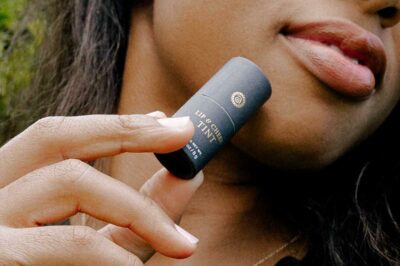
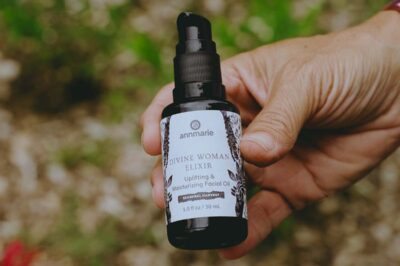
Great but the real issue is what products are out there without it! More so what foundation is made for older oily skin with no silicone? That would be worth reading!
What about silicone patches for compression of wrinkles such as ones made for the chest. Does your body absorb anything from them?
Thank you Annmarie! Your review of silicons finally clarified several doubts that I had. Thank you! Simo
Thank you Annmarie for sharing! I will be watching dimethicone from now on!
I’ve been slowly losing my “love” for Jason lotions – while they used to feel great, they don’t anymore – and now I know why: dimethicone. Thanks for the important info and the science to explain it!